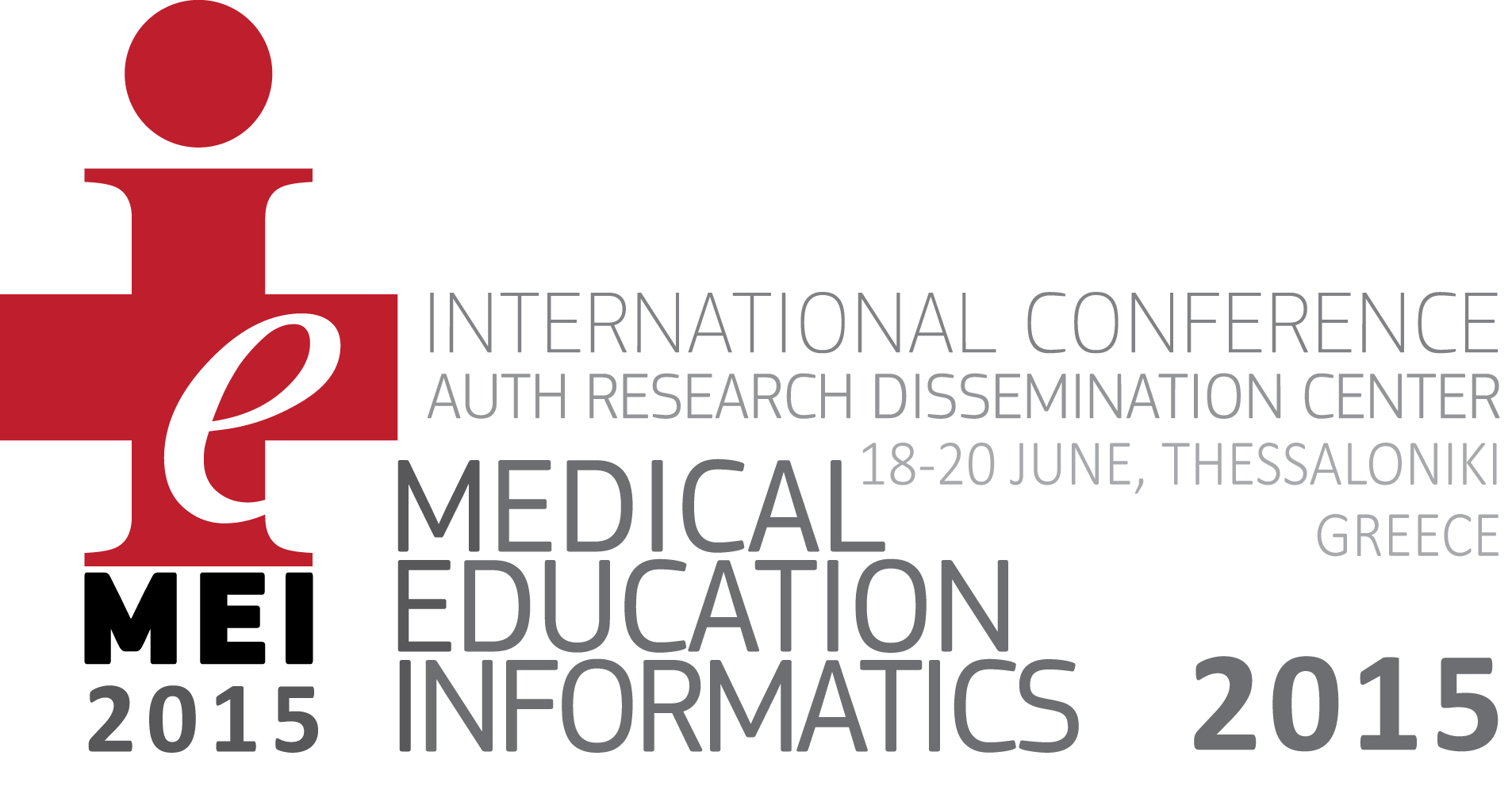Abstract:
The WHAAM (Web Health Application for Adhd Monitoring) project, funded by the European LLP program, aims at spreading a multimodal and comprehensive cognitive-behavioral treatment for the ADHD. The main deliverable of this project was the WHAAM app, a digital environment designed to support parents, teachers and health professionals in the monitoring children’s behaviors throughout different contexts: home, school and social interaction with peers. A web microportal was developed to introduce potential users both to the methodology and the main characteristics underlying this environment. The aims of the microportal were to illustrate the use of the WHAAM application and describe the ideas underlying the WHAAM approach. The web interface is divided into two areas: the first, introduces users to a short tour in the core functionalities of the application, the latter guides users to keep information around four principal themes, which are ADHD overview, Observation, Intervention and Training. Each of them respects the main steps of an approach based on the careful analysis of the behavior’s functions in the main life contexts of the child. This second area permits both horizontal and vertical navigation. In the first modality, users can explore the contents very quickly, obtaining a fresh and simple picture of the most important concepts of the approach used in the project. Otherwise, in the vertical one, users can examine in depth many ADHD resources, some of which are internal to the microportal, and others external. Authors have paid special attention to the use of a simple terminology, avoiding specialized and obscure terms and concepts. Besides, they carefully filtered any sensible information and examined ethical issues related to the health information management. The final version of the microportal will be available in four languages.














